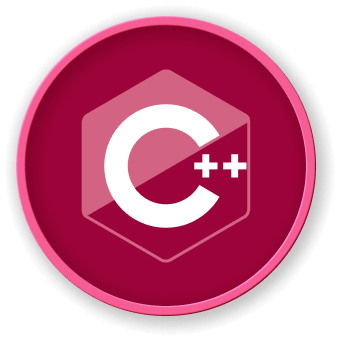Practical Implementation
Comprehensive Image Processing Error Management Framework
System Architecture
graph TD
A[Image Input] --> B[Validation Layer]
B --> |Valid| C[Processing Layer]
B --> |Invalid| D[Error Handling Layer]
C --> E[Output/Storage Layer]
D --> F[Logging System]
D --> G[Error Recovery]
Error Handling Class Design
class ImageProcessingManager {
private:
std::string m_logPath;
std::ofstream m_logFile;
enum ErrorSeverity {
LOW,
MEDIUM,
HIGH
};
public:
void processImage(const std::string& imagePath) {
try {
validateImageInput(imagePath);
cv::Mat image = loadImage(imagePath);
performImageProcessing(image);
}
catch (const std::exception& e) {
handleException(e);
}
}
private:
void validateImageInput(const std::string& imagePath) {
if (imagePath.empty()) {
throw std::invalid_argument("Empty image path");
}
if (!std::filesystem::exists(imagePath)) {
throw std::runtime_error("Image file not found");
}
}
cv::Mat loadImage(const std::string& imagePath) {
cv::Mat image = cv::imread(imagePath);
if (image.empty()) {
throw std::runtime_error("Failed to load image");
}
return image;
}
void performImageProcessing(cv::Mat& image) {
try {
cv::Mat processedImage;
cv::cvtColor(image, processedImage, cv::COLOR_BGR2GRAY);
// Additional processing steps
}
catch (const cv::Exception& e) {
throw std::runtime_error("OpenCV processing error");
}
}
void handleException(const std::exception& e) {
logError(e.what(), determineErrorSeverity(e));
notifyErrorHandler(e);
}
ErrorSeverity determineErrorSeverity(const std::exception& e) {
// Implement error severity classification logic
return MEDIUM;
}
void logError(const std::string& errorMessage, ErrorSeverity severity) {
std::lock_guard<std::mutex> lock(m_logMutex);
m_logFile << getCurrentTimestamp()
<< " [" << getSeverityString(severity) << "] "
<< errorMessage << std::endl;
}
std::string getCurrentTimestamp() {
auto now = std::chrono::system_clock::now();
// Implement timestamp formatting
return "2023-06-15 10:30:45";
}
};
Error Handling Strategies Table
| Strategy |
Description |
Implementation Complexity |
| Validation Checking |
Prevent invalid inputs |
Low |
| Exception Catching |
Handle runtime errors |
Medium |
| Detailed Logging |
Record error context |
High |
| Graceful Degradation |
Provide fallback mechanisms |
High |
Advanced Error Recovery Techniques
Retry Mechanism
class RetryHandler {
public:
template<typename Func>
auto executeWithRetry(Func operation, int maxRetries = 3) {
int attempts = 0;
while (attempts < maxRetries) {
try {
return operation();
}
catch (const std::exception& e) {
attempts++;
if (attempts >= maxRetries) {
throw;
}
std::this_thread::sleep_for(
std::chrono::seconds(std::pow(2, attempts))
);
}
}
}
};
LabEx Recommendation
LabEx suggests implementing a modular, flexible error handling approach that combines proactive validation, comprehensive logging, and intelligent recovery mechanisms.
Key Implementation Principles
- Use strong type checking
- Implement comprehensive logging
- Design modular error handling classes
- Create configurable retry mechanisms




